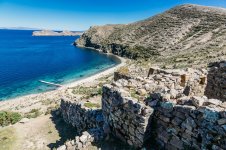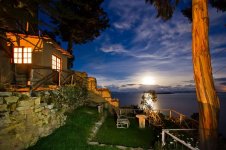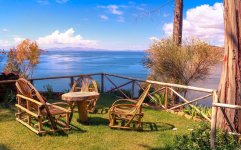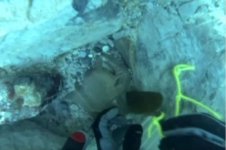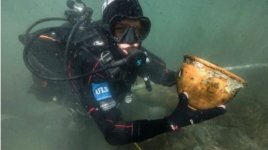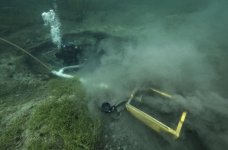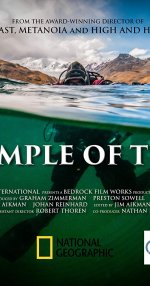KANACKI
Bronze Member
- Mar 1, 2015
- 1,445
- 5,933
- Primary Interest:
- All Treasure Hunting
In 2013 a discovery of treasure was found underwater of lake Titicaca.
Gold and silver pieces, as well as bones and ceramics dating back more than 1,500 years ago, have been discovered on Lake Titicaca between the border of Bolivia and Peru by underwater archaeologists. That team of Belgian and Bolivian archaeologists have found a wide variety of ceramics, jewels and gold objects in an apparent ceremonial site under the waters of Lake Titicaca, which was sacred to the Incas and Tiawanaku.
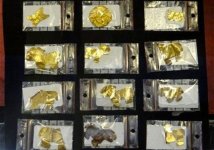
"We have found 2,000 objects and magnificent fragments," said Christophe Delaere, the Belgian co-director of the Huinaimarca Project that unearthed the pieces. These statements took place on Tuesday at a ceremony that took place in the Bolivian capital, La Paz, on October 8.
President Evo Morales along with some ministers and diplomats from Belgium were present at that ceremony that presented found objects.
The expedition began two months ago on the Bolivian side of the lake, since as mentioned above, the other half of the lake belongs to Peru. Thanks to underwater explorations, objects from different eras appeared, both in the Inca and pre-Inca times (1438-1533).
The project discovered 31 gold fragments, especially around the Island of the Sun, where the legend maintains that the mythical founders of the Inca Empire emerged from the waters of the lake.
In addition, 1500-year-old objects such as stone vessels, incense containers and some animal figures such as pumas were found.
Traditional tales about the lake fablen that the lake contains underwater citadels and wealth supposedly hidden by the Quechua Indians and Aymara of Spanish conquerors. These stories have existed and have been passed down from generation to generation for centuries in Bolivia.
In the late 1960s, the French explorer Jacques -Yves Cousteau made several expeditions on Lake Titicaca to achieve the search for signs of a civilization.
President Morales stressed that Bolivia, the poorest nation in South America, is willing to recover its national heritage on display in European countries and in the US.
Makes you wonder what else could be found on the lake bottom?
Kanacki
Gold and silver pieces, as well as bones and ceramics dating back more than 1,500 years ago, have been discovered on Lake Titicaca between the border of Bolivia and Peru by underwater archaeologists. That team of Belgian and Bolivian archaeologists have found a wide variety of ceramics, jewels and gold objects in an apparent ceremonial site under the waters of Lake Titicaca, which was sacred to the Incas and Tiawanaku.

"We have found 2,000 objects and magnificent fragments," said Christophe Delaere, the Belgian co-director of the Huinaimarca Project that unearthed the pieces. These statements took place on Tuesday at a ceremony that took place in the Bolivian capital, La Paz, on October 8.
President Evo Morales along with some ministers and diplomats from Belgium were present at that ceremony that presented found objects.
The expedition began two months ago on the Bolivian side of the lake, since as mentioned above, the other half of the lake belongs to Peru. Thanks to underwater explorations, objects from different eras appeared, both in the Inca and pre-Inca times (1438-1533).
The project discovered 31 gold fragments, especially around the Island of the Sun, where the legend maintains that the mythical founders of the Inca Empire emerged from the waters of the lake.
In addition, 1500-year-old objects such as stone vessels, incense containers and some animal figures such as pumas were found.
Traditional tales about the lake fablen that the lake contains underwater citadels and wealth supposedly hidden by the Quechua Indians and Aymara of Spanish conquerors. These stories have existed and have been passed down from generation to generation for centuries in Bolivia.
In the late 1960s, the French explorer Jacques -Yves Cousteau made several expeditions on Lake Titicaca to achieve the search for signs of a civilization.
President Morales stressed that Bolivia, the poorest nation in South America, is willing to recover its national heritage on display in European countries and in the US.
Makes you wonder what else could be found on the lake bottom?
Kanacki


